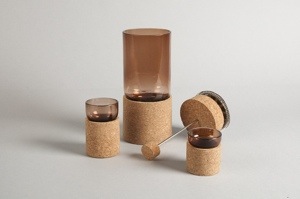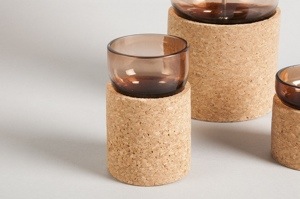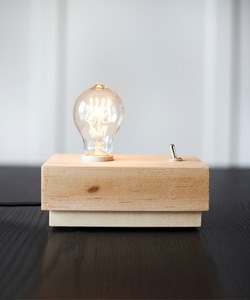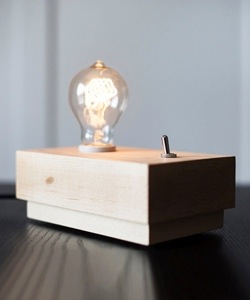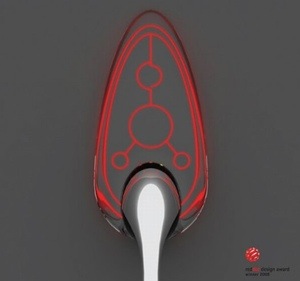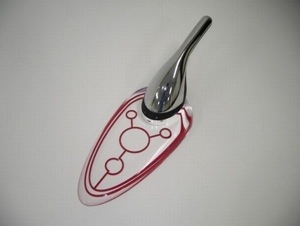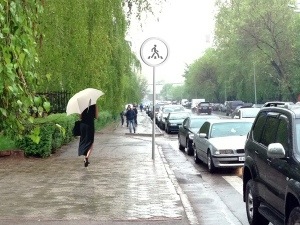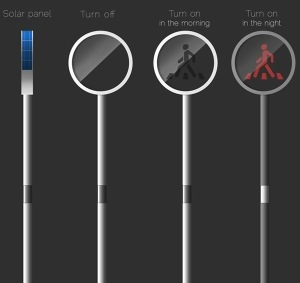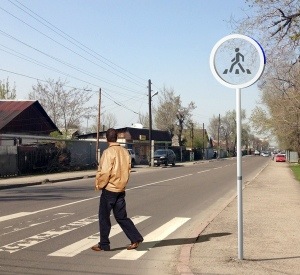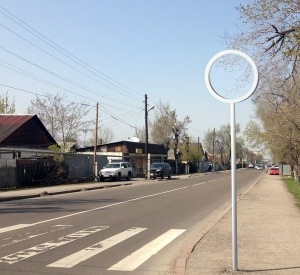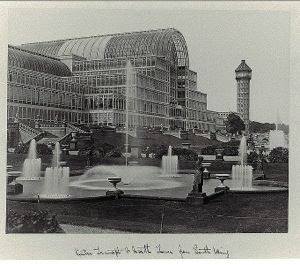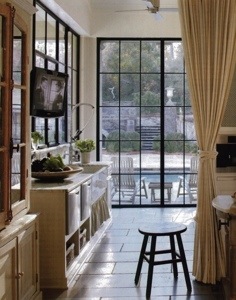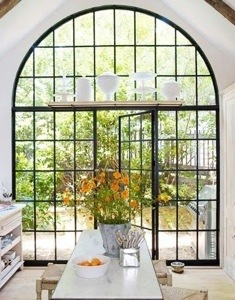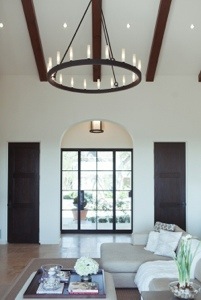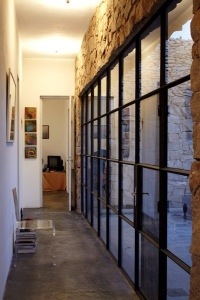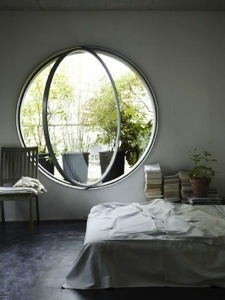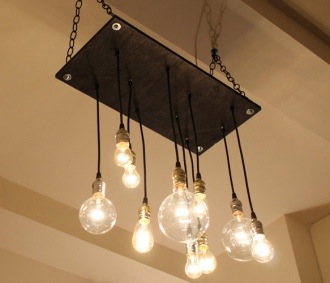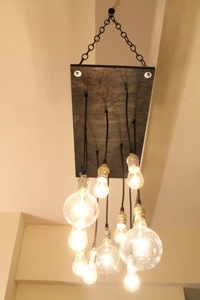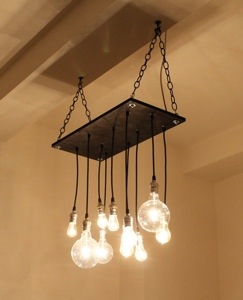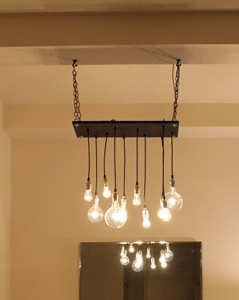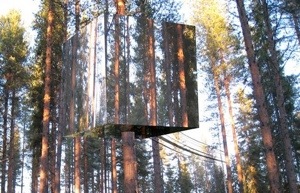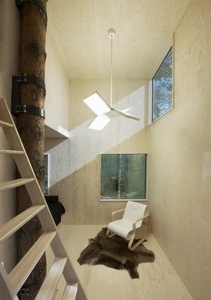Sweeden and Coffee: Yes Please
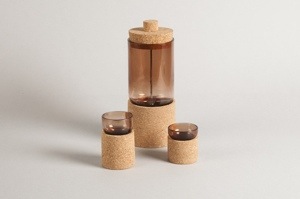
As far as coffee sets go, this is one of the most interesting that I’ve seen in a long time. When Raúl Arribas designed the product, he had the two Swedish traditions of glass blowing and coffee in mind. He used the Spanish material, cork, to work with the tinted glass and produced a set that it visually very striking. Often, I dislike the use of brown glass – it reminds me of garish home décor from the eighties. Yet for some reason, the colour used in this product, alongside the cork, is very elegant. Add to the cafetiere and glasses the depth of the coffee which will swim within and the look will be grown up, original sophistication. There’s clearly a lot more to Swedish designers than Ikea lets on…
